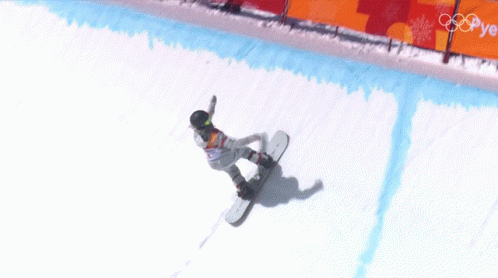
I’m excited to announce that @XuLunaSun and my paper "Cortical preparatory activity indexes learned motor memories” has now been published!” Thanks to co-authors @MattGolub_Neuro, @EricMTrautmann, @SaurabhsNeurons, Stephen Ryu, and @shenoystanford https://www.nature.com/articles/s41586-021-04329-x. 🧵
Cortical preparatory activity indexes learned motor memories - Nature
In Sun*, O’Shea* et al. 2022, we explored how neural activity during motor preparation serves to index motor memories, facilitating the acquisition, retention and retrieval of a broad motor repertoire. Since the preprint, we’ve added a few new experiments and analyses, including on learning interference. Here we go!x

Animals possess a remarkable capacity for learning new movement behaviors, which depends on our brain’s ability to generate precise, adaptive activity patterns. We refine those outputs to reduce error, allowing us to perfect new skills and deal with dynamic environments.

We can study motor learning in the lab using the classical paradigm of reaching through a velocity-dependent curl field, c.f. Shadmehr & Mussa-Ivaldi, 1984. (Thanks @erikawoodrum for the illustration!)

We applied the curl field at a single target and watched as, through learning, the reaches became straight again. We then probed the generalization of this learning at adjacent targets using an error clamp (where we clamped the hand on a straight line to the target).

The reason for this task design: reaches to the nearby targets were adjusted by learning, but the reaches to far-away targets remained unchanged. This allowed us to isolate changes in neural activity coupled to motor output from changes that reflect the learned motor memory per se.

So what’s going on neurally? We focused on preparatory neural activity in dorsal premotor and primary motor cortex (PMd + M1) before movement, which initializes the pattern-generation dynamics that subsequently controls movement.

Similar to findings by @SaurabhsNeurons in visuomotor rotations and “learning by neural reassociation” by @MattGolub_Neuro et al., we found that preparatory states for movements near the trained target (0°) shift opposite the orientation of the curl field ➟ output-coupled changes